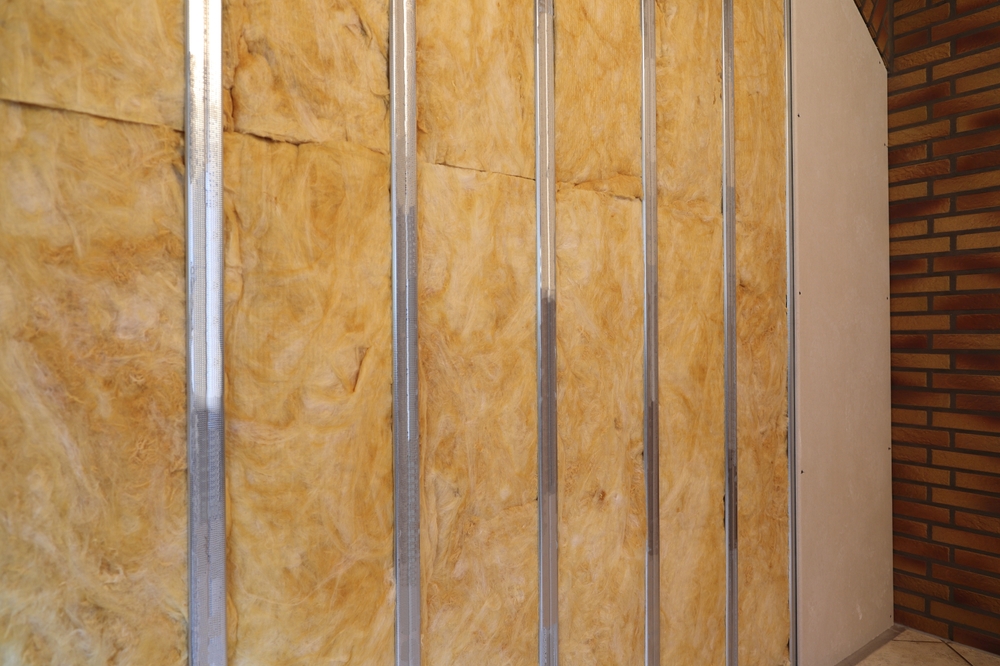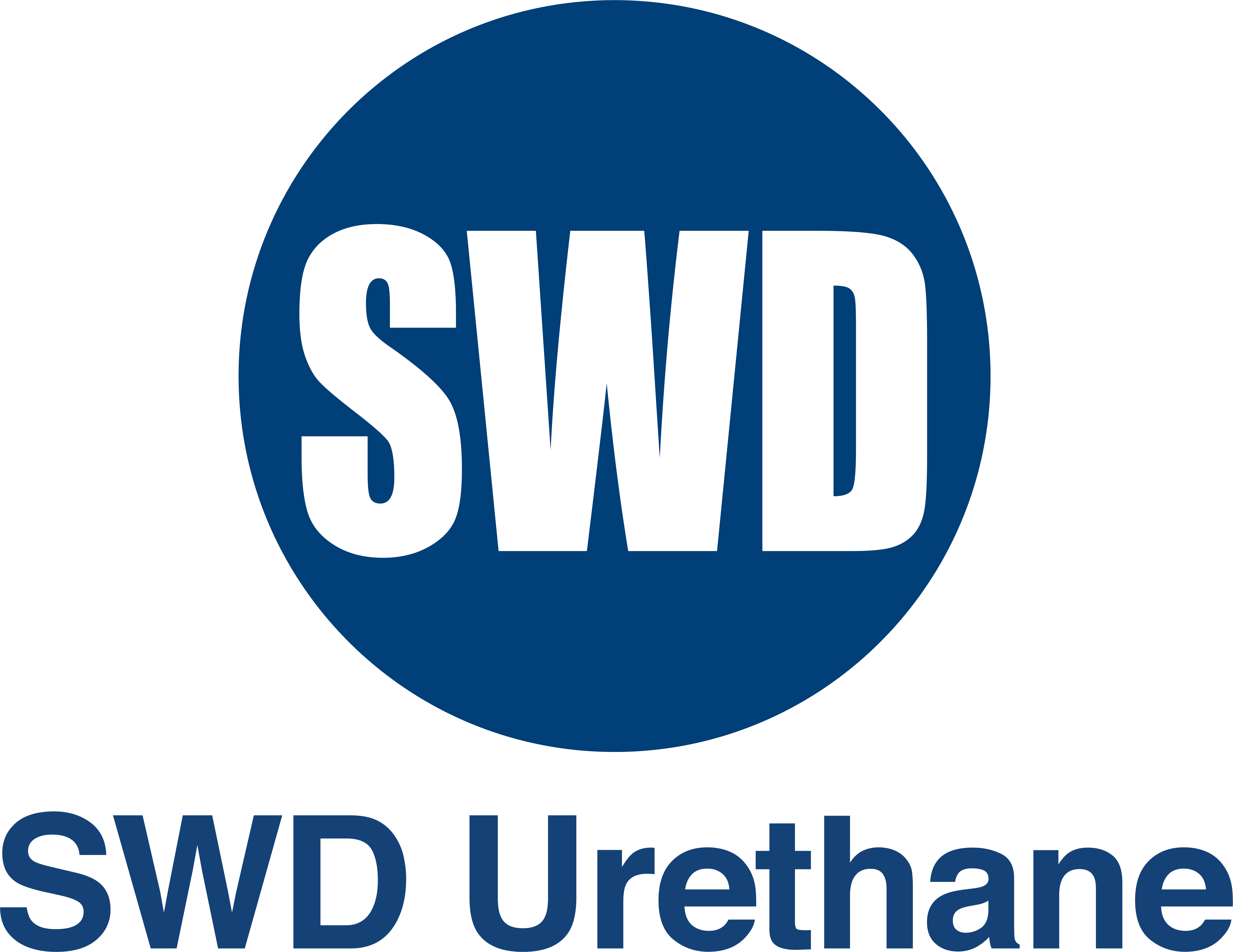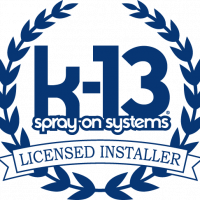
When it comes to effective home insulation, one-size-fits-all approaches fall short—especially in August, when climate extremes test the limits of building materials. In the western United States, Southern Nevada and Coastal California represent two sharply contrasting environments: one hot and arid, the other warm and humid. Understanding how these distinct climate zones influence insulation requirements is essential for energy efficiency, comfort, and longevity of your home. This article explores the best insulation strategies for hot dry climates and humid coastal areas, focusing on August—the month that often presents the most challenging conditions.
Climate Demands in Southern Nevada and Coastal California
Southern Nevada is characterized by its desert environment—scorching days, cool nights, and extremely low humidity. Average high temperatures in August often exceed 105°F, with minimal cloud cover and negligible rainfall. This combination creates intense solar gain, which can turn uninsulated attics and walls into heat sinks that radiate warmth into your living space well into the evening. The lack of humidity, while beneficial for comfort, means homes must rely heavily on insulation to resist rapid temperature swings.
In contrast, Coastal California—think Santa Barbara to San Diego—experiences a more temperate climate with milder highs (typically 75–85°F in August), cooler nights, and persistent humidity from marine air. Morning fog, sea breezes, and salt-laden moisture make this environment unique. Here, the concern shifts from heat gain to moisture control, indoor air quality, and the prevention of mold and material degradation. In these areas, home insulation isn’t just about staying cool; it’s about protecting the structure from long-term moisture damage.
Material Matters: Choosing the Right Insulation for Each Region
For Southern Nevada, insulation strategies for hot dry climates focus on minimizing heat transfer during the day and reducing thermal loss at night. The attic, which is often the hottest part of the house, deserves special attention. Attic insulation by climate zone in this area should feature high R-values (R-38 to R-60) and radiant barriers to reflect sunlight before it can be absorbed by interior materials. Materials such as spray foam, rigid foam boards, and radiant foil barriers are ideal. Spray foam insulation, for instance, can seal cracks while providing excellent thermal resistance. It prevents conditioned air from leaking out and unconditioned air from seeping in—critical in a climate where air conditioning can account for more than 50% of electricity use.
Coastal California homes must take a more nuanced approach. Here, the key is balancing thermal resistance with breathability. Insulation for humid coastal areas must allow some vapor permeability to avoid trapping moisture, which can lead to mold growth. Fiberglass batts with vapor-permeable facings, cellulose treated with borates, and mineral wool are commonly recommended. Closed-cell spray foam, while excellent for air sealing, is used more sparingly here, often in combination with ventilated systems to prevent condensation. In crawl spaces and attics, proper ventilation is just as crucial as the insulation itself to manage moisture levels effectively.
Design Techniques: Building for Passive Comfort
Beyond materials, building design plays a major role in maximizing the effectiveness of insulation. In Southern Nevada, homes benefit from passive solar design principles that reduce cooling loads. Techniques like roof overhangs, thermal mass elements (such as concrete or adobe), and strategic window placement help minimize solar heat gain. When combined with high-performance insulation, these features keep indoor temperatures stable even during extreme August heat.
In Coastal California, passive cooling takes advantage of cross-ventilation, shading, and thermal lag. Homes are often designed to harness ocean breezes, using operable windows and louvered vents to flush out warm air during the day. While attic insulation in these regions may not need to be as thick as in the desert, it must still be effective in minimizing heat flow while allowing for adequate roof ventilation. Continuous exterior insulation, which wraps the building in a thermal blanket, is gaining popularity for its ability to manage both heat and moisture movement.
Energy Codes and Regional Guidelines
Both regions fall into different categories of the U.S. Department of Energy’s climate zoning system, which affects recommended insulation levels and construction practices. Southern Nevada is generally classified as Climate Zone 5B (dry), while Coastal California varies from Climate Zone 3C to 4C (marine). These classifications guide the minimum R-values required for different building components under Title 24 (California) and IECC (International Energy Conservation Code) standards.
In Southern Nevada, local codes emphasize attic insulation with R-49 or higher and recommend radiant barriers for new construction. Builders are also encouraged to use insulated ducts, sealed attic designs, and slab insulation to reduce thermal bridging. Retrofitting older homes typically involves upgrading attic insulation and sealing air leaks around doors, windows, and HVAC penetrations.
In Coastal California, Title 24 places special emphasis on moisture management, requiring continuous vapor retarders, insulated sheathing, and attic ventilation. The goal is not just energy efficiency but also durability in a marine climate. For homes undergoing renovations, this means evaluating wall cavities for water damage, improving subfloor insulation, and installing smart vapor barriers that adapt to seasonal changes in humidity.
Future-Proofing: Insulation and Climate Resilience
As climate change intensifies, both Southern Nevada and Coastal California will experience shifts that further stress existing insulation systems. In Southern Nevada, rising peak temperatures and more frequent heatwaves may require insulation materials with higher heat resistance and better performance over time. Reflective roofing materials and integrated cooling membranes could become standard features.
Meanwhile, in Coastal California, sea level rise and intensified coastal storms may increase ambient humidity and the risk of water intrusion. Insulation strategies will need to evolve to offer better drainage, antimicrobial properties, and long-term moisture tolerance. Products like phase change materials, which absorb and release thermal energy, are already being tested to balance temperature and humidity fluctuations.
In both cases, homeowners and builders must remain proactive. Regular inspections, infrared thermography scans, and moisture audits are essential to maintaining insulation performance year after year. Investments in smart home monitoring can help detect insulation failures early—whether it’s thermal bridging in a desert roof or moisture buildup in a coastal crawl space.
Conclusion
Ultimately, the contrast between Southern Nevada and Coastal California highlights the importance of climate-specific solutions. Insulation is more than just a layer in your walls or attic; it’s a critical component of your home’s ecosystem. By aligning materials, design, and maintenance practices with regional conditions, you not only enhance comfort and efficiency but also extend the lifespan and resilience of your home.
Whether you’re battling the scorching August sun in Southern Nevada or navigating the salty air of Coastal California, smart insulation strategies tailored to your climate zone make all the difference.
Need Insulation Near You?
Since 2001, Ace Insulation Inc. has been your premier insulation experts. We take pride in being locally owned and operated as well as offering high-quality service. We specialize in the installation of insulation. Whether you are building a new home or renovating your existing space, we are the place to call. We have many materials to choose from, including fiberglass and spray foam. If you are looking for high-quality work, call us today to schedule your next consultation!


